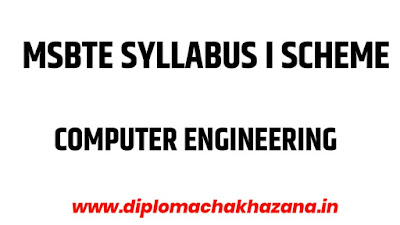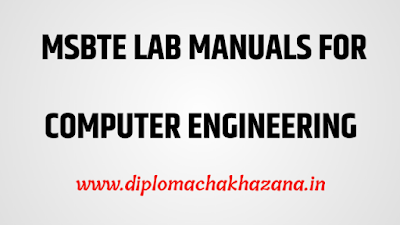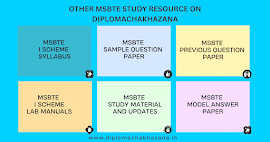JOIN US
Object oriented programming Java
1. A ______________ represents the need of information in the program
without the presenting the details.
a) abstraction
b) polymorphism
c) implementation
d) class
Answer: a
2. Abstraction combines the data and functions into a single unit called a
class.
a) True
b) False
Answer: b
3. The process of forming a new class from an existing class.
a) Abstraction
b) Polymorphism
c) Inheritance
d) Implementation
Answer: c
4. This concept allows routines to use data again at different times.
a) Abstraction
b) Polymorphism
c) Inheritance
d) Implementation
Answer: b
5. The ability for programmers to use the same written and debugged
existing class.
a) Reusability
b) Design
c) Debugging
d) Implementation
Answer: a
6. A concept that combines data and functions into a single unit called
class.
a) inheritance
b) encapsulation
c) polymorphism
d) abstraction
Answer: b
7. __________ represents a particular instance of a class.
a) module
b) block
c) object
d) token
Answer: c
8. A basic unit of object-oriented programming.
a) module
b) block
c) object
d) token
Answer: c
9. A procedural programming follows ___________ approach.
a) top-down
b) bottom-up
c) left-right
d) right-left
Answer: a
10. A programming technique in which the focus is on doing things.
a) object oriented
b) procedural
c) logical
d) structural
Answer: b
11. Which of the following is not OOPS concept in Java?
a) Inheritance
b) Encapsulation
c) Polymorphism
d) Compilation
Answer: d
12. Which concept of Java is a way of converting real world objects in
terms of class?
a) Polymorphism
b) Encapsulation
c) Abstraction
d) Inheritance
Answer: c
13. Which concept of Java is achieved by combining methods and attribute
into a class?
a) Encapsulation
b) Inheritance
c) Polymorphism
d) Abstraction
Answer: a
14. What is it called if an object has its own lifecycle and there is no
owner?
a) Aggregation
b) Composition
c) Encapsulation
d) Association
Answer: d
15. What is it called where child object gets killed if parent object is
killed?
a) Aggregation
b) Composition
c) Encapsulation
d) Association
Answer: b
16. What is it called where object has its own lifecycle and child object
cannot belong to another parent object?
a) Aggregation
b) Composition
c) Encapsulation
d) Association
Answer: a
17. Which of the following is the functionality of ‘Data
Abstraction’?
a) Reduce Complexity
b) Binds together code and data
c) Parallelism
d) None of the mentioned
Answer: a
18.How will a class protect the code inside it?
a) Using Access specifiers
b) Abstraction
c) Use of Inheritance
d) All of the mentioned
Answer: a
19. Which Keyword from the following is used to inherit properties from one class into another?
a) extends
b) subclasses
c) native
d) all of the mentioned
Answer: a
20. Polymorphism that is resolved during compile time is known as------
a) Dynamic Polymorphism
b) Static Polymorphism
c) Special Polymorphism
d) None of the mentioned
Answer: b
21. Which of the following statements is correct?
a) Public method is accessible to all other classes in the hierarchy
b) Public method is accessible only to subclasses of its parent class
c) Public method can only be called by object of its class
d) Public method can be accessed by calling object of the public
class
Answer: a
22. Which of the following concept means waiting until runtime to determine which function to call?
a) Data hiding
b) Dynamic loading
c) Dynamic Casting
d) Dynamic Binding
Answer: d
23.Which of the following statements is correct?
a) Public method is accessible to all other classes in the hierarchy
b) Public method is accessible only to subclasses of its parent class
c) Public method can only be called by object of its class
d) Public method can be accessed by calling object of the public
class
Answer: a









0 Comments
Please feel free to comment. Being diploma students We are always ready to help diploma Students